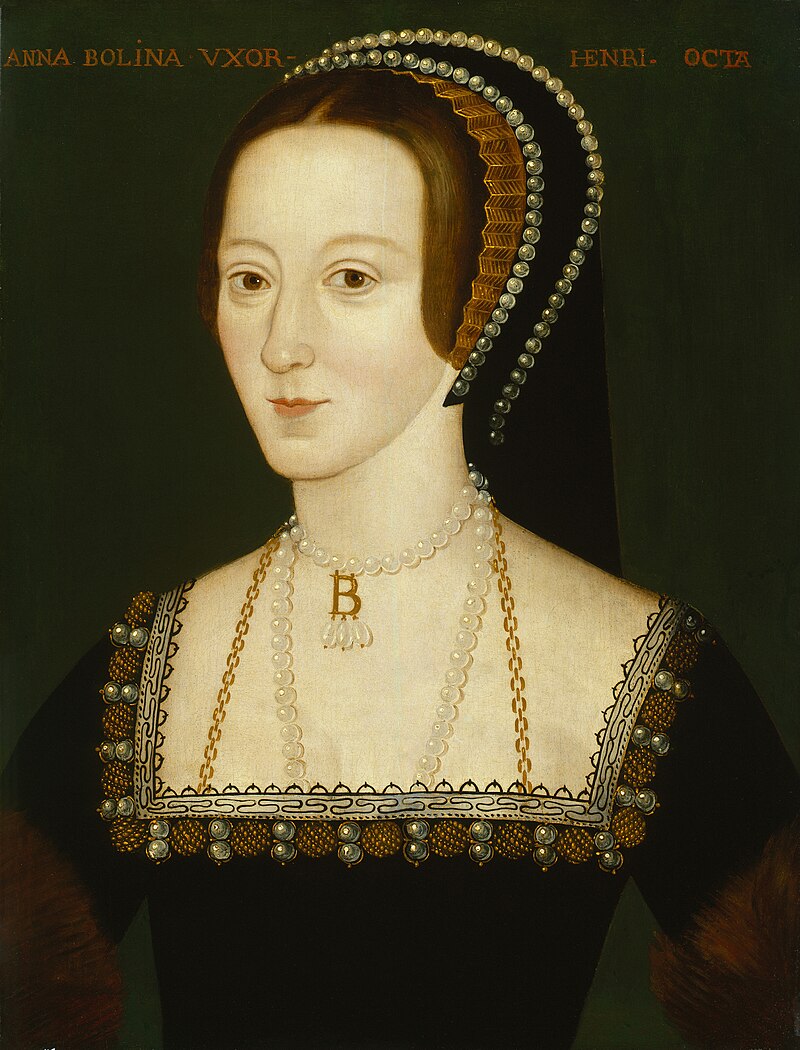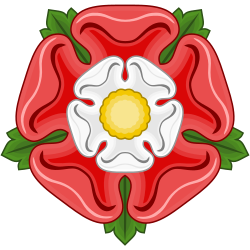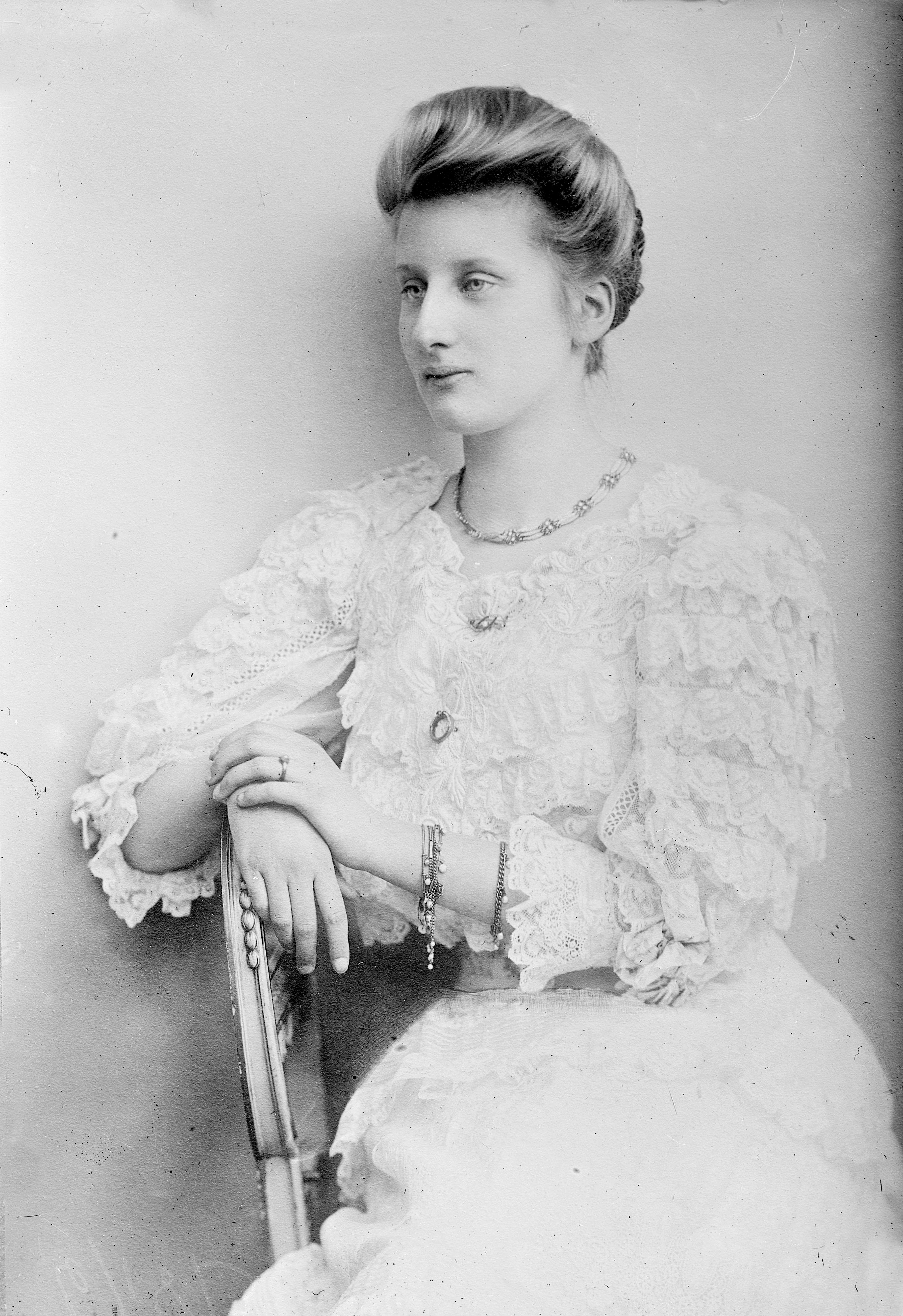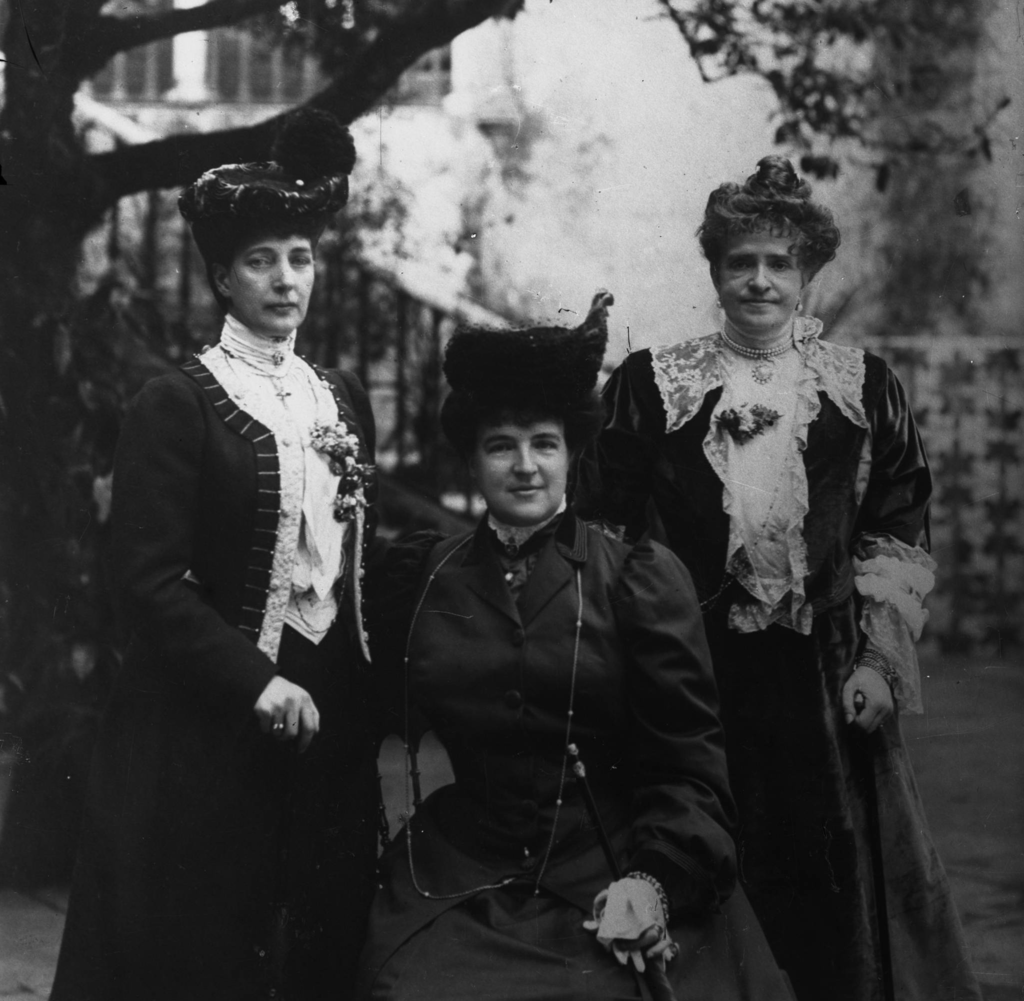by Susan Flantzer
- Field Marshal Horatio Herbert Kitchener, 1st Earl Kitchener of Khartoum
- Timeline: June 1, 1916 – June 30, 1916
- A Note About German Titles
- June 1916 – Royals/Nobles/Peers/Sons of Peers Who Died In Action
Field Marshal Horatio Herbert Kitchener, 1st Earl Kitchener of Khartoum
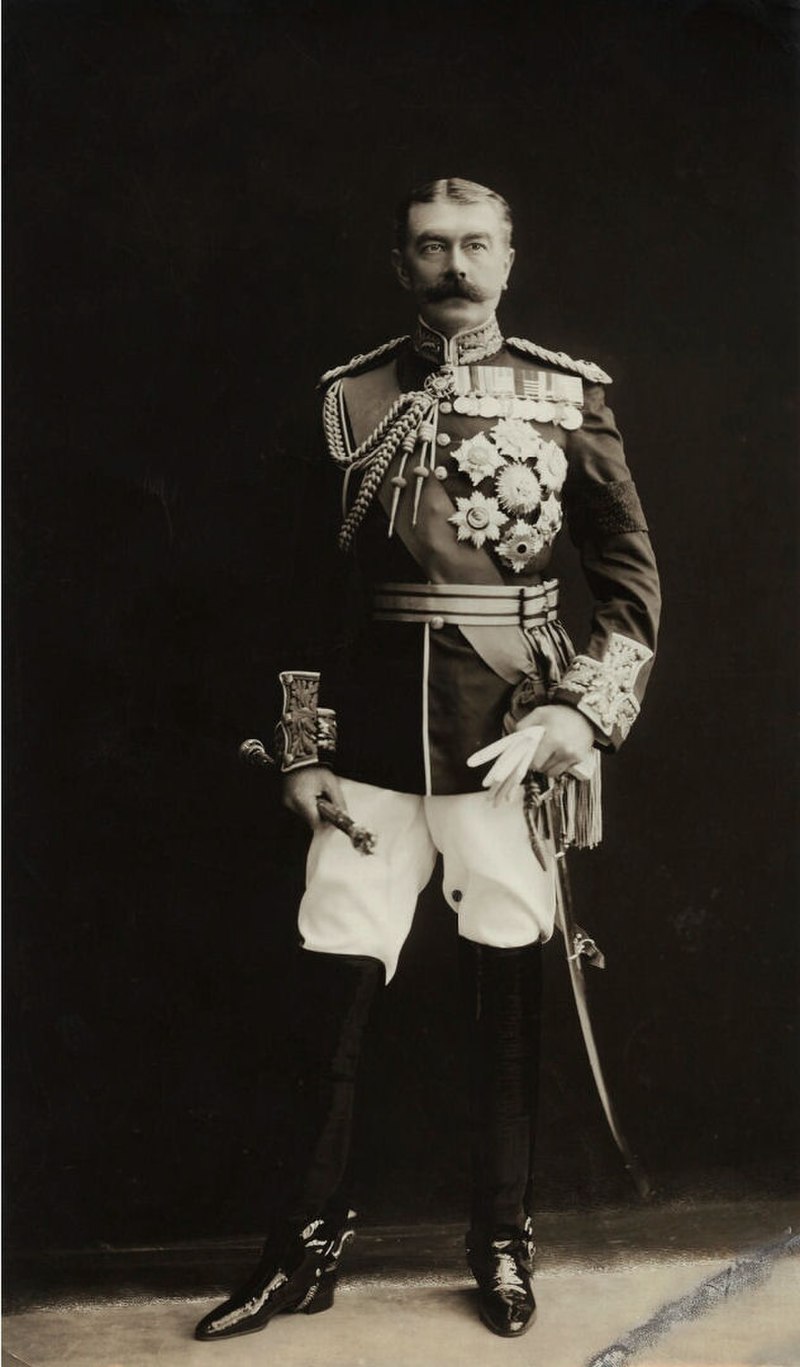
Field Marshal Horatio Herbert Kitchener, 1st Earl Kitchener of Khartoum, who attained the highest rank in the British Army, was a Knight of the Garter and Secretary of State for War, drowned on June 5, 1916 when the HMS Hampshire, which was taking him on a diplomatic mission to Russia, struck a German mine west of the Orkney Islands in Scotland.
Horatio Herbert Kitchener, known as Herbert, was born on June 24, 1850 in Ballylongford near Listowel, County Kerry in Ireland, which was a part of the United Kingdom of Great Britain and Ireland at that time. He was the second son and the third child of the five children of Lieutenant Colonel Henry Horatio Kitchener and his first wife Frances Anne Chevallier.
Lord Kitchener’s siblings:
- Colonel Henry Elliott Chevallier Kitchener, 2nd Earl Kitchener of Khartoum (1846 – 1937), married Eleanor Fanny Lushington, had issue
- Frances Emily Jane Kitchener (1848 – 1925), married Harry Rainy Parker
- Arthur Buck Kitchener (1852 – 1907), married Edith Paterson, no issue
- Lieutenant General Sir Frederick Walter Kitchener (1858 – 1912), married Caroline Fenton, had issue
Kitchener’s half sister by his father’s second marriage to Mary Emma Green:
- Henrietta Letita Emma Kawara Kitchener (1867 – 1926)

Lord Kitchener on his mother’s lap with his sister (left) Frances and his brother (right) Henry; Photo Credit – Wikipedia
The family moved to Switzerland in 1863, hoping the Swiss mountain air would cure Kitchener’s mother of tuberculosis, but she died in 1864. Kitchener’s father decided to stay in Switzerland where his expenses would be cheaper. From 1863 to 1868, Kitchener attended a boarding school at Château Grand Clos in Villeneuve, Switzerland on Lake Geneva and then was educated at the Royal Military Academy in Woolwich. On January 4, 1871, he was commissioned as a Lieutenant in the Royal Engineers where he worked as a surveyor. From 1874-1878, Kitchener worked on, and later led, an expedition on behalf of the Palestine Exploration Fund surveying Palestine. During this time, he became acquainted with the Arabic language and the mindset of the people in the Middle East. The data collected from Kitchener and others in the expedition, from the topography of the land to the local flora and fauna, were published in the eight-volume work The Survey of Western Palestine. In 1878, Kitchener was sent to Cyprus to help survey the new British protectorate and the following year, he became the vice-consul in Anatolia (Turkey).

Kitchener as a young officer of the Royal Engineers; Photo Credit – Wikipedia
In 1883, Kitchener was promoted to Captain and took part in the re-organizing of the Egyptian Army. Egypt at that time was a puppet state of the British. By 1885, he was a Lieutenant Colonel and the next year he became Governor of the Egyptian Provinces of Eastern Sudan and Red Sea Littoral. Kitchener served as Sirdar of the Egyptian Army from 1892–1899 and won many victories that brought him much fame back in Britain. In 1898, he was created Baron Kitchener of Khartoum and became Governor-General of the Sudan in 1899.
Kitchener participated in the Second Boer War (1899 – 1902) and was promoted to General and created Viscount Kitchener of Khartoum in 1902. Kitchener was appointed Commander-in-Chief in India in 1902 and immediately began the task of reorganizing the Indian Army which was known as the Kitchener Reforms. Kitchener was promoted to the highest Army rank, Field Marshal, on September 10, 1909. He wanted to be Viceroy of India, but was turned down due to political issues in Parliament. In June 1911, Kitchener then returned to Egypt as British Agent and Consul-General. In 1914, he was created 1st Earl Kitchener of Khartoum.
At the start of World War I in 1914, Prime Minister Herbert Asquith appointed Kitchener Secretary of State for War. Kitchener developed a massive army recruiting campaign and even appeared on a famous recruiting poster.

The iconic, much-imitated 1914 Lord Kitchener Wants You poster; Credit – Wikipedia
Kitchener did an effective job overseeing the British war strategy for the first 18 months of the war, but eventually his relations with the rest of the war cabinet became strained. Kitchener was difficult to work with and he found it difficult to develop close working relationships with colleagues. In 1915, Kitchener was attacked by British newspapers over a shortage of shells, and the responsibility for munitions was taken away from him. Later in the same year, he lost his control of war strategy. Kitchener offered to resign from the cabinet, but his overwhelming popularity among the British people made the government fearful of the consequences of allowing him to leave the cabinet. Kitchener’s involvement with the disastrous Gallipoli Campaign led to a further tarnishing of his reputation with the cabinet.
On June 4, 1916, Lord Kitchener left London for secret talks with talks with Britain’s Russian allies in Archangel, Russia. The next day, he boarded the HMS Hampshire, a British Royal Navy armored cruisers, anchored off Thurso, Scotland, the northernmost town on the British mainland. Because the ship was carrying the British Secretary of State for War and his staff, it was ordered not to take the obvious route to northern Russia. Instead, the HMS Hampshire was instructed to sail was into the Pentland Firth, then to turn north, hugging the western coast of the Orkneys and only to head for Russia once it had passed to the north of the islands.
Two destroyers were to accompany the HMS Hampshire, but a storm with gale-force winds prevented the destroyers from keeping up with the HMS Hampshire and they were ordered back to port. About an hour later, there was an explosion. The HMS Hampshire struck a mine that had been laid by a German mine-laying submarine. Fifteen minutes later, the HMS Hampshire sank. 643 sailors along with Kitchener and his entire staff were killed. Only 12 sailors in two lifeboats reached the shore alive. Two of the survivors later testified in an inquiry that “Kitchener was last seen standing in his uniform on the starboard side of the quarterdeck, calmly talking to two staff officers as the ship went down.” There have been several conspiracy theories regarding the sinking of the HMS Hamsphire and the death of Lord Kitchener.

HMS Hampshire; Photo Credit – Wikipedia
The HMS Hampshire wreck site is designated as a controlled site under the Protection of Military Remains Act. As a member of the British armed forces who was lost at sea in World War I and has no known grave, Kitchener is commemorated on the Commonwealth War Graves Commission’s Hollybrook Memorial at Southampton, Hampshire. The All Souls’ Chapel in the north tower of St. Paul’s Cathedral in London was dedicated in 1925 to the memory of Lord Kitchener.
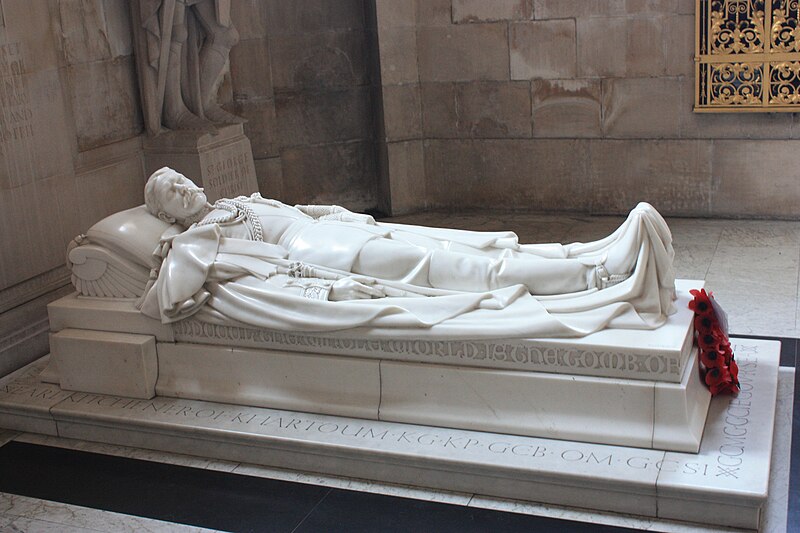
Memorial to Lord Kitchener at St. Paul’s Cathedral; By Stephencdickson – Own work, CC BY-SA 4.0, https://commons.wikimedia.org/w/index.php?curid=36027182

Kitchener Memorial at Marwick Head on Mainland, Orkney; By David Wyatt, CC BY-SA 2.0, https://commons.wikimedia.org/w/index.php?curid=9165473
The Kitchener Memorial on Mainland, Orkney, is on the cliff edge at Marwick Head, near the spot where Kitchener died at sea. The tower bears the inscription: “This tower was raised by the people of Orkney in memory of Field Marshal Earl Kitchener of Khartoum on that corner of his country which he had served so faithfully nearest to the place where he died on duty. He and his staff perished along with the officers and nearly all the men of HMS Hampshire on 5 June 1916.” On June 5, 2016, the 100th anniversary of the sinking of the HMS Hampshire, The Princess Royal will rededicate the Kitchener Memorial and unveil the wall of names. In addition, The Princess Royal will visit the graves of the HMS Hampshire crew at The Royal Naval Cemetery, Lyness, Orkney.
*********************************************************
Timeline: June 1, 1916 – June 30, 1916
- May 31 – June 1 – Battle of Jutland between Britain’s Grand Fleet and Germany’s Hochseeflotte
- June 2 – 14 – Battle of Mont Sorrel near Ypres, Belgium
- June 4 – Brusilov Offensive begins in the Kingdom of Galicia and Lodomeria (now in Poland and Ukraine)
- June 5 – Arab Revolt in Hejaz (now in Saudi Arabia) begins
- June 5 – The HMS Hampshire is sunk off the Orkney Islands; Lord Kitchener dies
- June 10 – Siege of Medina (now in Saudi Arabia) begins
- June 10 – July 4 – Battle of Mecca (now in Saudi Arabi), Arabs capture the city
- June 30 – Battle of the Boar’s Head in Artois, France, diversion from the Battle of the Somme which began the next day
*********************************************************
A Note About German Titles
Many German royals and nobles died in World War I. The German Empire consisted of 27 constituent states, most of them ruled by royal families. Scroll down to German Empire here to see what constituent states made up the German Empire. The constituent states retained their own governments, but had limited sovereignty. Some had their own armies, but the military forces of the smaller ones were put under Prussian control. In wartime, armies of all the constituent states would be controlled by the Prussian Army and the combined forces were known as the Imperial German Army. German titles may be used in Royals Who Died In Action below. Refer to Unofficial Royalty: Glossary of German Noble and Royal Titles.
24 British peers were also killed in World War I and they will be included in the list of those who died in action. In addition, more than 100 sons of peers also lost their lives, and those that can be verified will also be included.
*********************************************************
May 1916 – Royals/Nobles/Peers/Sons of Peers Who Died In Action
The list is in chronological order and does contain some who would be considered noble instead of royal. The links in the last bullet for each person is that person’s genealogical information from Leo’s Genealogics Website or to The Peerage website. If a person has a Wikipedia page, their name will be linked to that page.
Field Marshal Horatio Herbert Kitchener, 1st Earl Kitchener of Khartoum
- son of Lt. Col. Henry Horatio Kitchener and Frances Anne Chevallier
- born on June 24, 1850 in Ballylongford, County Kerry, Ireland
- unmarried
- died on June 5, 1916 when the HMS Hampshire, which was taking him on a diplomatic
- mission to Russia, struck a German mine west of the Orkney Islands
Freiherr Ernst von Cetto
- son of Freiherr Maximilian von Cetto and Gräfin Mechtildis zu Leiningen
- born 1897 at Oberlauterbach, Germany (now in France)
- unmarried
- killed in action on June 8, 1916 at Douaumont, France, age 19
- http://www.thepeerage.com/p9044.htm#i90439
Karl , Prinz von Lobkowicz
- son of Ferdinand Zdenko Maria, 10th Fürst von Lobkowicz and Anna Berta, Gräfin von Neipperg
- born February 13, 1893 in Bílina, (now in the Czech Republic)
- unmarried
- killed in action on June 15, 1916 at Rudnia, Poland
- http://www.genealogics.org/getperson.php?personID=I00092565&tree=LEO
- Wikipedia: House of Lobkowicz







